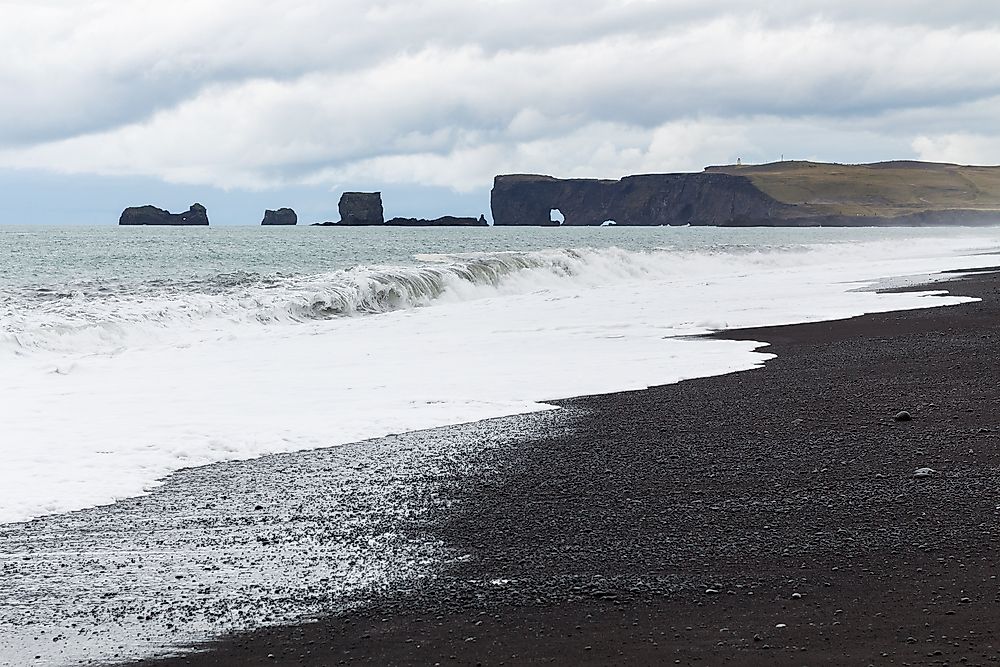Geoparks of Northern Europe

A geopark is an area that has been designated by UNESCO for preservation due to geological heritage. UNESCO is the global body responsible for the conservation of important sites. The Global Geopark Network is a UNESCO-affiliated network that is responsible for the conservation and promotion of the geoparks found in the world today. The network was founded in 2004 and is committed to maintaining the quality standards of the geoparks. There are six geoparks in Northern Europe, found in Denmark, Finland, Iceland, and Norway.
The Six Geoparks Found in Northern Europe
Odsherred Global Geopark, Denmark
Located just 100 kilometers from the capital Copenhagen, the Odsherred Global Geopark covers an area estimated to be 355 kilometers square. It is known for the glacial structures that were formed 17,000 years ago. UNESCO established the site as a geopark in 2014, and it features three distinct end moraines called the Odsherred Archers, which are the core of the geopark’s landscape.
Rokua Geopark, Finland
The geopark was inducted into the Global Geopark Network on October 2010. It is found in Finland between the cities of Oulu and Kajaani 200 Kilometres south of the Arctic Circle. The old Finnish traditions and the geo sites like River Oulukoji valley, Rokua River, and Lake Ouluvaji areas attract tourists visiting this park. The arctic weather brings about the snowy landscape that is conducive for skiing and skating on the frozen lakes.
Katla Geopark, Iceland
The Global Geopark Network included this geopark in 2011, and it has the honor of being Iceland’s first geopark. The name is derived from Katla Mountain, which is among the active volcanic mountains and is found below the glacier called Myrdalsjokull. Tourists visit the park to hike in the mountains and see the lava fields or the black sandy beaches during summer. The area that the park covers is 9542 kilometers square.
Reykjanes Geopark, Iceland
In 2015, Iceland got its second geopark when UNESCO included Reykjanes Geopark into the Global Geopark Network. The park is among the tourist destinations due to the presence of the rough surface that was formed through volcanic activities. The sites are a photographer’s favorite with unique sites like the Reykjanes peninsula.
Gea-Norvegica Geopark, Norway
Found in southeastern Norway, the geopark was the first to be recognized and included into the Global Geopark Network in 2006 in the Scandinavia region. The park boasts of rocks and its rich history, which dates back to 1500 million years ago. The caves also attract tourists and geologists who study the formation of the rocks. The geopark falls under the administrations of the Porsgrunn, Bamble, Skien, Siljan, Nome, Lardal, Kragero, and Larvik municipalities.
Magma Geopark, Norway
Norway got the second geopark in 2010 after UNESCO included it into the Global Geopark Network as it has sites that are considered important for sustainable development. The rocks found in the park were formed from magma that came from the volcanic eruptions. The eruptions cooled to form Anorthosite 930 million years ago. Tourists stand to benefit from guided tours of the mountains to hike and sample the local culture of the people living around the area. The geopark is found Egersgund, Elvegata.
Value of Geoparks
Geoparks, through the Global Geopark Network, encourage and promote sustainable geotourism. The value of the geoparks cannot be measured entirely based on tourist revenue alone. People can be enlightened about the hazards of climate change and geological hazards while the geological heritage of the areas are protected. Since 2001, the number of geoparks has increased to 120 sites in 33 counties around the world.
Geoparks of Northern Europe
| Rank | Geopark | Location |
|---|---|---|
| 1 | Odsherred Global Geopark | Denmark |
| 2 | Rokua Geopark | Finland |
| 3 | Katla Geopark | Iceland |
| 4 | Reykjanes Geopark | Iceland |
| 5 | Gea-Norvegica Geopark | Norway |
| 6 | Magma Geopark | Norway |











